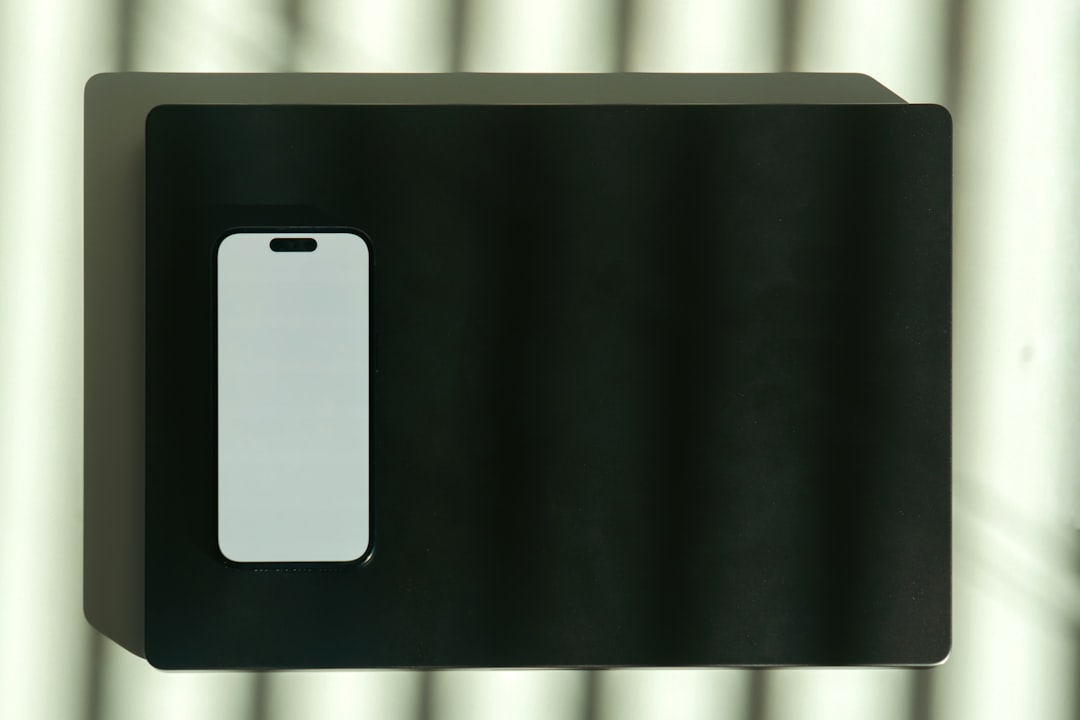In today’s fast-paced digital environment, traditional SIM cards are gradually being replaced by a more advanced and flexible alternative known as the eSIM. Short for embedded SIM, this innovative technology is shaping the future of mobile connectivity by offering greater convenience, streamlined setups, and compatibility across a wide range of connected devices. But despite its growing presence in smartphones, tablets, and even vehicles, many users still wonder what eSIM is and how it operates.
What Is an eSIM?
An eSIM (Embedded Subscriber Identity Module) is a digital SIM card that is built directly into a device’s hardware. Unlike physical SIM cards that must be inserted and often swapped out when changing mobile networks or plans, eSIMs are rewritable and can be programmed over the internet with different carrier profiles.
This embedded technology eliminates the need for a physical card, opening up a world of possibilities for manufacturers and users. Devices with an eSIM can be slimmer, more environmentally friendly, and support multiple profiles or plans without requiring extra hardware.
How Does an eSIM Work?
The functionality of an eSIM lies in its software-based approach. It is integrated into the device’s motherboard and stores necessary credentials securely like a traditional SIM card. However, unlike the physical card, carriers can remotely install, update, or delete profiles on the eSIM.
When a user activates an eSIM-compatible device, they are typically given a QR code or carrier-specific information that the device uses to download the correct profile. This action links the device to the carrier network, enabling voice calls, SMS messaging, and mobile data usage.
Key steps in how eSIM operates include:
- Device purchase: The user purchases an eSIM-enabled device.
- Carrier selection: They choose a compatible carrier and mobile plan.
- Profile installation: The user receives a QR code or digital activation information.
- Activation: The device scans the QR code or uses the app to download the carrier profile.
- Connectivity: The device becomes connected to the network just like with a physical SIM.
Advantages of Using eSIM
The rise of eSIM has brought numerous benefits for consumers and businesses alike. Some of the main advantages include:
- Convenience: No need to physically insert or swap SIM cards.
- Multiple profiles: Users can store and switch between multiple plans or carriers.
- Remote provisioning: Carriers can activate service without needing a physical store visit.
- Space-saving: Frees up internal device space for other features or battery capacity.
- Eco-friendly: Reduces plastic waste from manufacturing physical SIM cards.

Devices That Support eSIM
The adoption of eSIM is steadily increasing, particularly in newer smartphones and smart devices. Major technology companies such as Apple, Samsung, and Google are already building eSIM support directly into their flagship products.
Examples of devices that support eSIM include:
- iPhone models from XR and later (e.g., iPhone 14, 15)
- Samsung Galaxy S Series (S20 and up) and Z Fold/Flip
- Google Pixel devices (Pixel 3 and later)
- Microsoft Surface Pro LTE models
- Various smartwatches (Apple Watch, Samsung Galaxy Watch)
- Laptops and networked tablets with LTE/5G capabilities
- Connected cars with built-in mobile services

eSIM and Dual SIM Capability
In many modern smartphones, especially flagship models, eSIM enhances the dual SIM functionality. With one physical SIM and one eSIM, users can operate two lines simultaneously—great for balancing work and personal communications, or for travelers who want to keep their home number while using a local plan abroad.
Some models offer dual eSIM capability, allowing users to have two eSIM profiles active at the same time without requiring a physical SIM slot. This provides unparalleled flexibility and convenience, especially for digital nomads and business travelers.
How to Set Up an eSIM
The process to set up an eSIM is straightforward with most modern smartphones:
- Go to your phone’s settings and locate the option for “Add Mobile Plan” or “Cellular”.
- Scan the QR code or enter the details provided by your carrier.
- Complete activation by following on-screen prompts.
- Choose the default SIM for data, calls, and messages if using dual SIMs.
Activation can also be performed using carrier apps or directly through the carrier’s website in some cases.

Security and Privacy with eSIM
eSIMs offer comparable, and in some cases superior, levels of security compared to physical SIM cards. Since there’s no removable component, the chances of physical theft or loss are reduced. Additionally, profile downloading and activation are encrypted and require carrier authorization, minimizing the risk of unauthorized access.
In case of device theft, users can remotely disable the eSIM, preventing misuse of the mobile plan. Devices with eSIM can also be easier for security-focused enterprises to manage in bulk through mobile device management (MDM) systems.
Limitations and Considerations
While eSIM technology is promising, it is not without its limitations:
- Carrier compatibility: Not all carriers support eSIM technology yet.
- Device dependency: Older and budget devices may not include eSIM support.
- Transfer process: Transferring an eSIM to a new device may involve more steps compared to swapping a physical SIM.
- Installation limits: Some devices limit the number of eSIM profiles that can be stored or installed over time.
Before switching to eSIM, it’s essential to check with your carrier and device manufacturer to confirm support and understand any restrictions that may apply.
Conclusion
eSIM technology marks a significant evolution in mobile connectivity. It offers a more streamlined, environmentally friendly, and versatile alternative to traditional SIM cards. As the telecom industry continues to adopt this innovation, users can expect even easier network setups, more flexible plans, and smarter devices that are better suited to the demands of modern life.
Whether you’re a frequent traveler, a tech enthusiast, or a business looking to streamline device management, eSIM is a worthy investment in future-ready technology.
Frequently Asked Questions (FAQ)
- What is the difference between eSIM and traditional SIM cards?
An eSIM is embedded in the device and can be programmed digitally, while a traditional SIM card is a removable physical card. - Can I use both eSIM and physical SIM on the same phone?
Yes, many smartphones support dual SIM functionality using one eSIM and one physical SIM. - Is eSIM available worldwide?
eSIM is available in many countries, but not all carriers support it yet. Always check with your mobile provider. - Can I switch carriers with an eSIM?
Yes, one of the benefits of eSIM is easy switching between carriers by installing different profiles. - Is eSIM more secure than traditional SIM cards?
eSIMs can be more secure as they cannot be physically removed or cloned easily, and can be deactivated remotely if needed. - How many eSIM profiles can I have?
This depends on the device. Some phones allow multiple eSIMs to be stored, but usually only one or two profiles can be active at a time.
yehiweb
Related posts
New Articles
How Many ABC Affiliates Are There? Updated Count
The American Broadcasting Company, more commonly known as ABC, is one of the United States’ foremost television networks. From broadcasting…


